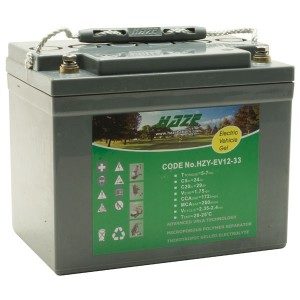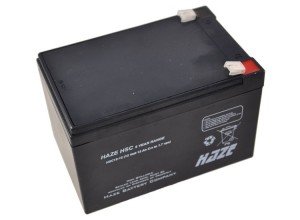
Maximising Performance & Lifespan of Mobility Batteries
No vehicle performs as well as it could do without an efficient and well maintained fuel system. Electric wheelchairs and mobility scooters are no exception. Batteries that are fitted to electric wheelchairs and mobility scooters act as their fuel tanks and just like a car you need to make sure they are charged and well maintained to make the most out of them and to enjoy the freedom that this equipment offers. Check some of our FAQ’s we receive and answer everyday about increasing the life span and performance of your batteries:
Q. When should I charge mobility vehicle batteries to get the most out of them?
First you need to find out if your scooter has gel or sealed lead acid batteries (check with the company you bought the equipment from or check yourself if you know what you are doing!).
FOR GEL BATTERIES
WHEN NEW:
- Fully charge them when they are new.
- After that recharge them whenever the battery gauge shows a low charge. Be careful not to get stranded with flat batteries and make sure you have a backup plan if you do!
- If you leave the batteries for more than a week recharge them.
AFTER AROUND 20 CHARGES:
- Charge them when you have finished with the vehicle for the day
- Once, say every two months, let the batteries discharge as you did when they were new before recharging them.
- Never allow batteries to run completely flat.
Slightly confusing for gel batteries, but they do last much longer than sealed lead-acid batteries if you follow these rules.
FOR SEALED LEAD-ACID BATTERIES
- Fully charge them when you first get the electric mobility vehicle.
- Recharge the batteries when you have finished with them for the day, regardless of how charged the batteries are, or if you are unable to do this charge them once a week.
- Every two months, let the batteries discharge until the battery gauge shows a low charge.
- Try to prevent the batteries from ever running completely flat.
Q. What’s the best way to charge my batteries?
A. WHATEVER TYPE OF BATTERIES YOU HAVE
- Only use the charger that is supplied with the vehicle.
- When you put your scooter or wheelchair on charge, leave it until it has been fully charged and the light shows green. Sometimes this can take 12 hours or more so we recommend charging over night.
- After fully charging the mobility scooter or wheelchair leave it plugged in and turned on until you use it again, this ensures the batteries stay topped up and will last as long as possible when you come to use it. If it’s going to be a while before you use it again then just unplug and charge it again in about a weeks time.
- If you aren’t charging then unplug the charger! Some chargers will allow drain the batteries quite quickly if you do this.
Q. When should I replace my batteries?
- This depends on many factors, we have seen batteries last 12 months and some for over 3 years. Commonly, they will still be going strong after two or more years (especially if you follow this guide!) The longer you’ve had the batteries and the longer they have been in use the more their capacity reduces, when you find that the battery gauge on your vehicle shows a low state of charge after your day’s use it’s probably time to look at getting some new ones.
Q. What are the factors that can affect range on powered mobility equipment?
- Weight of the vehicle or user
- Ambient temperature
- State of battery charge
- Tyre pressure
- Terrain
Some other things to note:
- Majority of gel and sealed batteries can be transported by aeroplane. Ask for an IATA Certificate from your supplier to prove this but most airlines should know this. Alternatively, the battery may be marked on top with a sticker explaining it is IATA approved.
- If you are storing your vehicle for a long period, disconnect the batteries from the scooter/wheelchair. This allows the batteries to drain their charge naturally.
- It’s not expected that you follow this guide to the letter all the time, you can bend the rules of when and how to charge your batteries occasionally without reducing the life of your batteries. So don’t be afraid of giving them a short charge before you go out, just don’t do it too often!
- These batteries will not spill if overturned and need no maintenance.
- You cannot harm your vehicle by charging its batteries wrongly. You will only reduce the life of the batteries.
- The cost of fully charging batteries is minimal, only pence. The cost of leaving them connected long-term is even lower.
- Connecting your own lights or other items to your batteries may well ruin them, especially if they are 12 volt.
- You should charge gel batteries differently from sealed lead-acid because they are not at full capacity when new, they only give around 60%. It takes around 20 full discharges for them to reach 100%. If you do not follow the charging rules, you will not get the full capacity and the life of the batteries will shorten. If you follow these rules gel batteries will last significantly longer than sealed lead-acid batteries.
- Always dispose of batteries through an approved source (like us!) Check your dealer is BHTA accredited and they will do this when supplying new ones.
- You must not use a car-type charger for these batteries: it would permanently damage them. The charger supplied with the vehicle is designed for the purpose.
- The reason for letting batteries run low every two months is that it is often found that this can “rejuvenate” them for a while. Not everybody recognises this, but there is certainly nothing to lose by doing so.
-
543 Reviews




